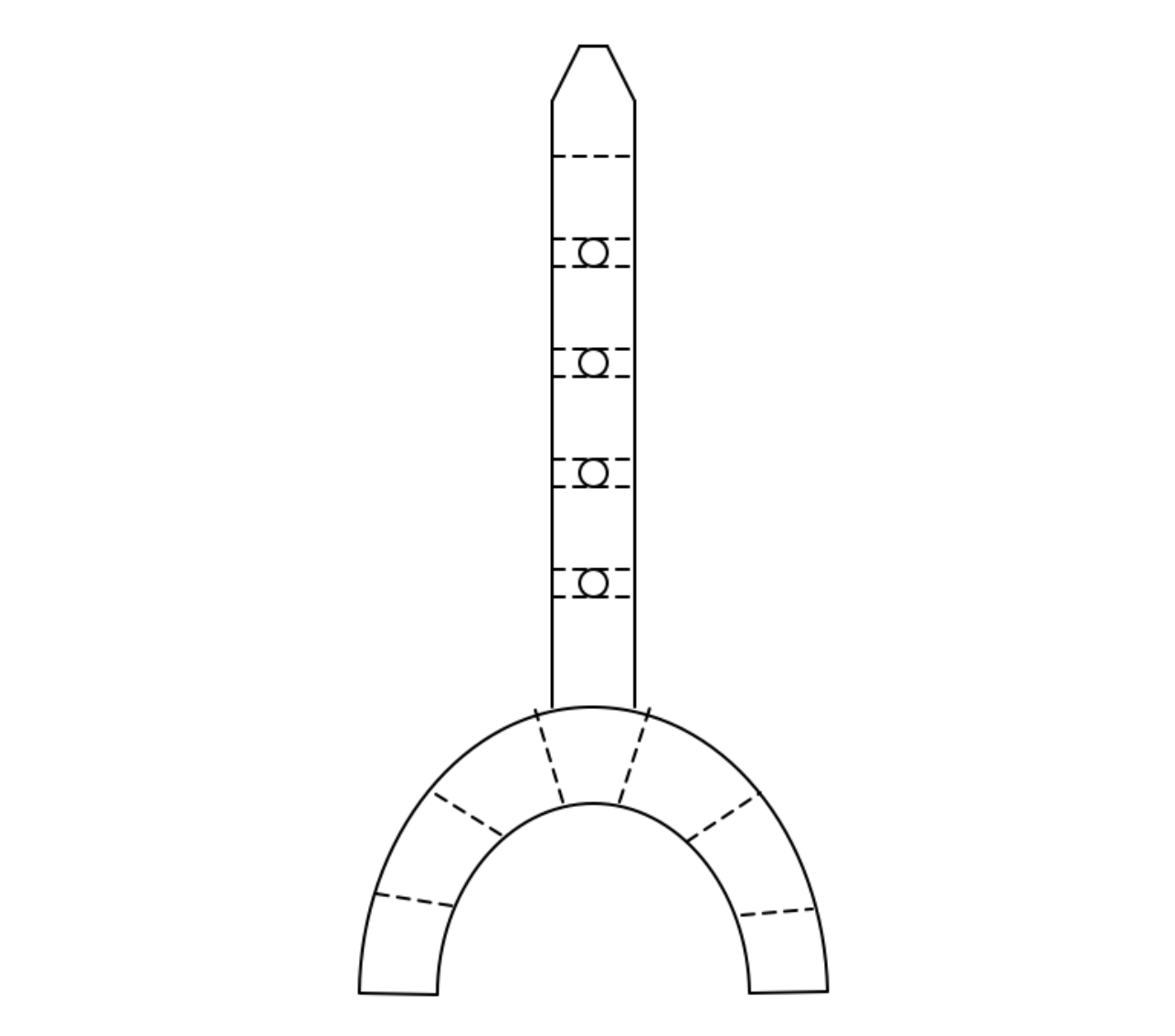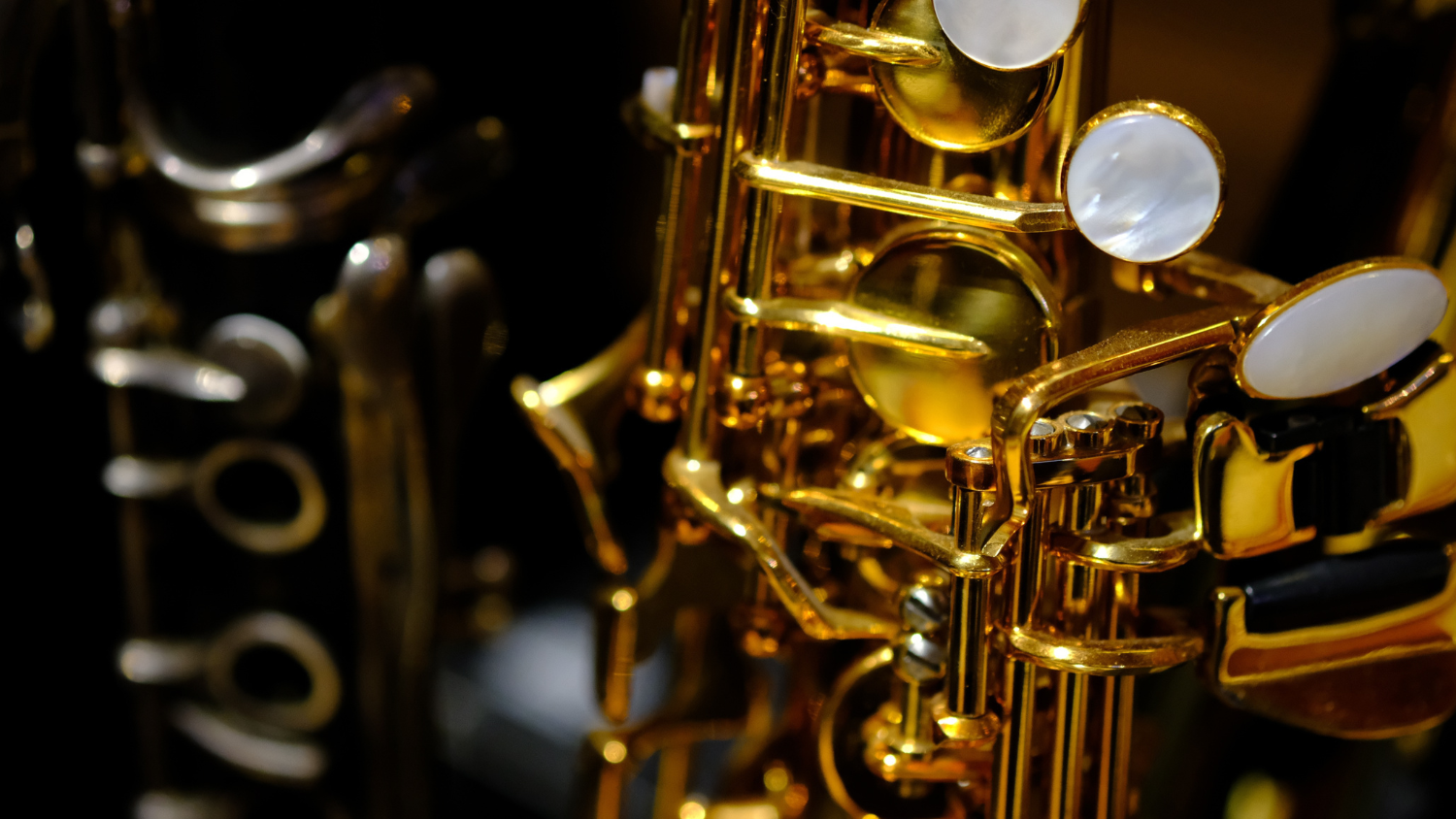Making a Permanent Cover for the Lower Teeth
Introduction
Saxophonists who have a rigorous practice schedule sometimes complain of a sore or sensitive lower lip even though embouchure, breath support and other factors regarding performance are being performed correctly. This condition can be very frustrating and also impede progress. To solve the problem, some saxophonists use a “cover” that allows them to practice and perform for extended periods of time without developing a sore lower lip.
What is a Cover?
The term “cover” refers to a dental device placed over the lower teeth that provides a cushion between the teeth and lower lip as the saxophone embouchure is formed. A cover creates a smooth contact point for the lower lip and teeth and eliminates teeth abrasions sometimes made on the lip even when the embouchure is formed correctly. By providing a more comfortable contact point for the lower lip and teeth, the cover increases practice productivity, lengthens practice time and most of all, allows the saxophonist to practice and perform without experiencing any pain in the lower lip.
Covers may be made from a variety of materials depending on the saxophonist’s preferences and can be temporary or permanent. Temporary covers are made from paper, plastic or a material consisting of wax and fiber often found in denture pads. Temporary covers are easy to make and will last from several days to several weeks depending upon the material.
Permanent covers can be made by a dentist or by saxophonists themselves. A dentist will cast a mold of the lower front teeth and create a cover from that mold. However, this could be expensive and also does not allow the saxophonist an opportunity to make adjustments to the cover if it does not fit correctly or feels uncomfortable. The purpose of this article is to provide a step-by-step procedure for making a permanent cover, allowing saxophonists to make their own. This procedure is inexpensive, easy to follow and will also allow saxophonists an opportunity to adjust the cover if needed.
Making a Permanent Cover for the Lower Teeth
To make a permanent cover, material should be taken from youth athletic mouthguards that are used by athletes to protect the teeth when competing. Youth athletic mouthguards are used instead of adult mouth guards because the material is thinner and somewhat easier to work with. However, this material is much more difficult to work with than the wax and fiber material of denture pads used to make temporary covers and should only be used after the saxophonist has become accustomed to making and playing covers made from other materials.

Athletic Mouth Guards
The following is a step-by-step procedure for making a cover from youth athletic mouth guards.
(1) Purchase a youth athletic mouth guard found in many sports and department stores. (Adult mouth guards are too thick and should not be used.) These mouth guards come in two colors, transparent and black. A transparent color may be preferred because it cannot be seen in the mouth.
- The mouth guard should be cut into the appropriate size to cover the bottom four teeth. A small rectangle shape with rounded corners is recommended. Although different parts of the mouth guard maybe used, the center section is preferred and not the sides of the mouth guard due to their variation in thickness. However, the strap that is designed to hold the mouth guard to the football helmet may also be used.

Pattern for Cutting Athletic Mouth Guards
- The cover should now be placed on a microwave safe plate or on paper towel and heated in a microwave. The microwave setting should be on “high” and the cover should be heated for approximately three minutes. The heating time may vary depending on the microwave used. This will soften the material making it ready to mold to the lower, four front teeth.
- After the cover is heated, it should carefully be removed from the plate or paper towel. The temperature of the cover can be checked be lightly touching the cover with a finger before picking it up. Care should be taken so the cover does not burn the skin. If the cover is too hot to be picked up, it should be allowed to cool but for not too long. The material needs to remain flexible so it can be molded to the teeth.
- After the cover is cool enough to be picked up, it should be placed over the bottom four teeth and gently pressed around the teeth. The cover will instantly conform to the teeth as it continues to cool. (Make sure that the cover does extend too far down on the teeth where it may touch and irritate the gums.)
- This process of heating and molding the cover may take several attempts before a perfect fit is achieved. After several attempts however, a very comfortable well-fitted cover can be attained. These covers, although more difficult to make, will last indefinitely. If for some reason the lower teeth do eventually cut through the cover, the cover can be reheated in the microwave and molded to the teeth again.
Using a Cover
When playing with a cover for the first time, the saxophonist must be patient allowing the embouchure to adjust to the additional cushion that is now over the lower teeth. Saxophonists may feel uncomfortable with using a cover initially but after a short period of adjustment, they will be able to perform as they have always done but with the added comfort of a cover. Saxophonists will also notice that they can practice for longer periods of time without injury to the lower lip.
Although the use of a cover can provide for more comfortable practice sessions and lengthen practice time, it should not be used as a remedy for an incorrect breath support, embouchure or mouthpiece and reed selection. Covers should only be used after a correct and stable embouchure has been established and proper selection of mouthpiece and reeds have been made.
Summary
There can be many causes of a sore or sensitive lower lip. Improper breath support, incorrect embouchure formation, improper mouthpiece and reed selection, unusual sharpness of lower teeth and wearing braces are all factors that can contribute to a sore lower lip. If saxophonists continue to practice with a chronic sore lip with no solution in sight, frustration along with impeded progress are most likely to occur. Saxophonists who have a chronic sore lip should investigate all the probable causes so a remedy can be discovered to alleviate the problem. A permanent cover might be the solution to this problem. The decision to use or not to use a cover is a choice that each individual saxophonist must make. For saxophonists who have a chronic, sore lower lip, covers can provide a practical solution and also return the joy to performing once again.





